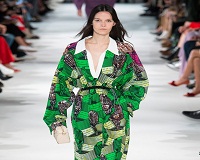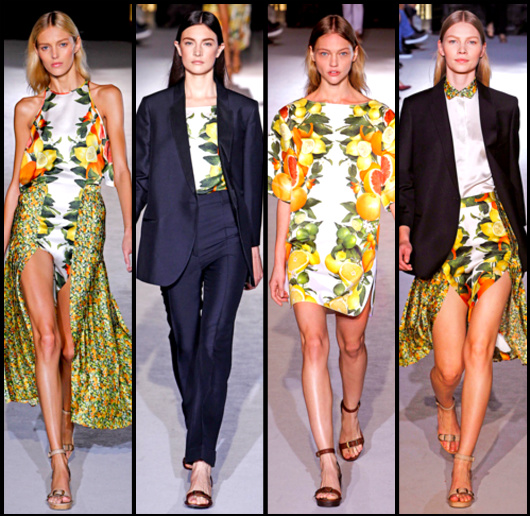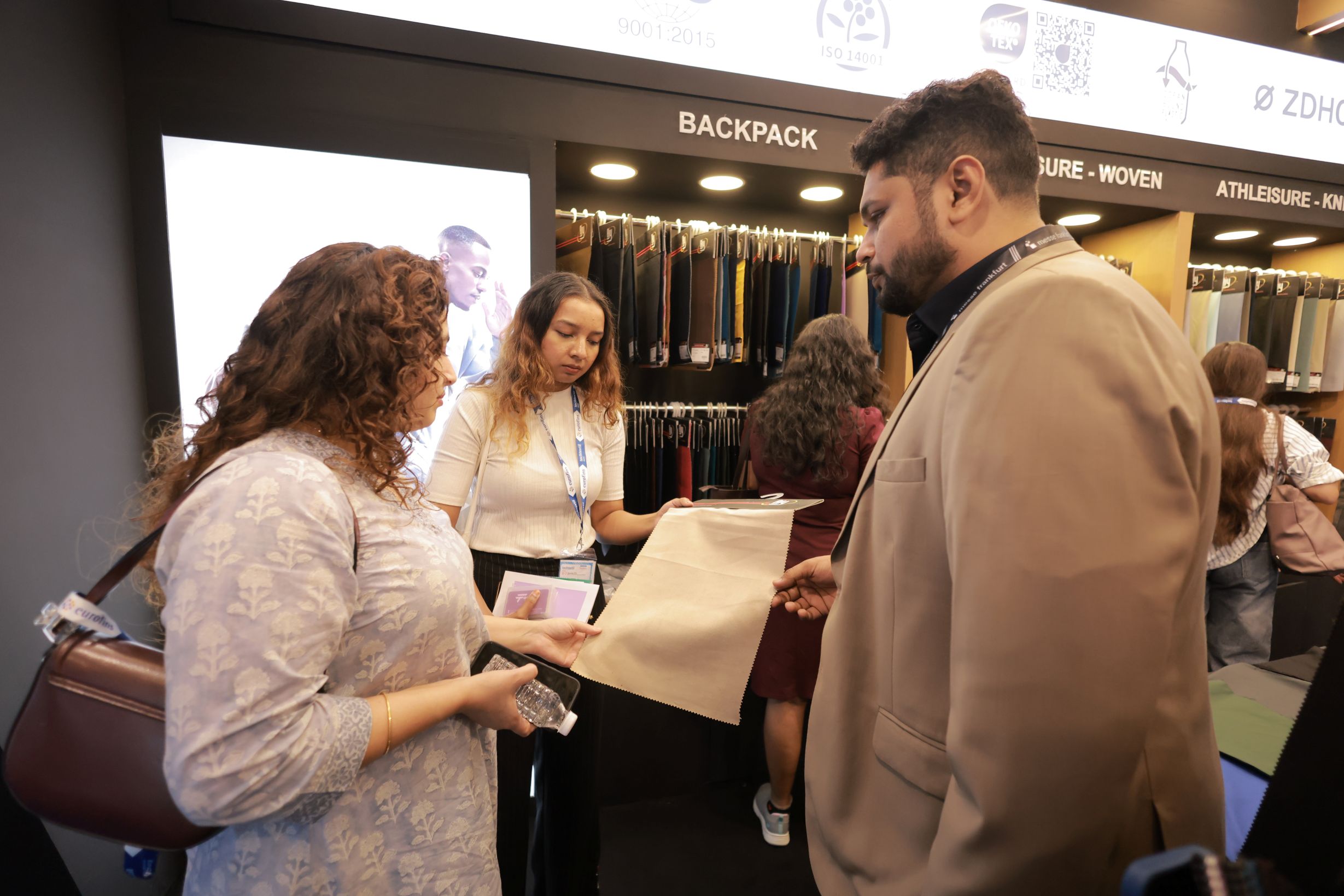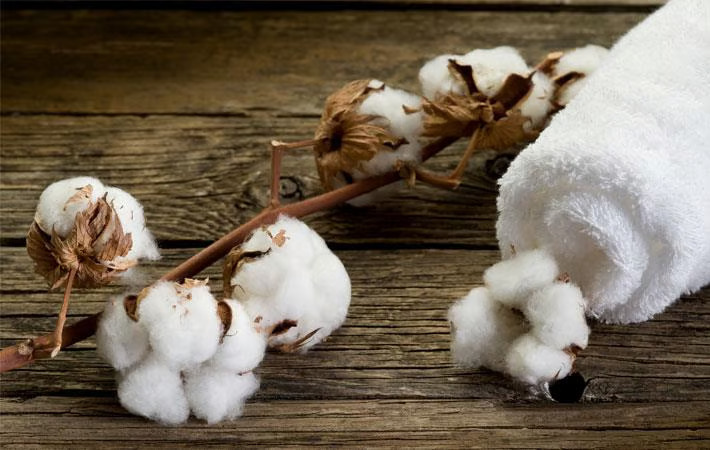"With consumers waking up to eco-clothing, luxury brands and sportswear companies are increasingly looking at alternative materials to create sustainable clothing. There are greater opportunities in recycled and alternative fabrics made from unusual materials like mushrooms, oranges and even proteins inspired by spider-web DNA. Soon, there would be tie-ups among businesses looking for ways to make leather without cows, silk without worms, fur without animals and fabrics from recycled waste. There are already great examples in the industry."

With consumers waking up to eco-clothing, luxury brands and sportswear companies are increasingly looking at alternative materials to create sustainable clothing. There are greater opportunities in recycled and alternative fabrics made from unusual materials like mushrooms, oranges and even proteins inspired by spider-web DNA. Soon, there would be tie-ups among businesses looking for ways to make leather without cows, silk without worms, fur without animals and fabrics from recycled waste. There are already great examples in the industry. For instance, Salvatore Ferragamo has been selling scarves made of orange fibers while Stella McCartney produced two outfits made with the spider-inspired silk.

McCartney, a vegan designer was a relatively lone fashion voice in the field of sustainable fabrics until recent years, provided a golden dress of the laboratory- made silk for the Museum of Modern Art’s exhibition ‘Item: Is Fashion Modern?’ She also presented a chocolate-brown bodysuit and trousers backstage at her spring 2018 show during Paris Fashion Week.
Claire Bergkamp, Head, sustainability and Ethical Trade at Stella McCartney brand, explains they have not completely perfected it but it is a silk with a slightly different texture than the silk they normally use. The brand, which has signed a long-term partnership agreement with Bolt Threads, the company that developed the Microsilk material, is expected to start selling clothing made with it in the next year or two.
Innovations galore
While developments are happening, they are still in the initial stages of production. Owing to the high cost associated, initial production remains limited. Bolt, for example, introduced a lottery in March to sell its first spider-inspired silk neckties, at $314 each. After studying spiders’ DNA and their webs, Bolt Threads’ developed similar proteins that are injected into yeast and sugar and then subjected to a proprietary fermentation process. The resulting liquid silk is turned into a fibre through a wet-spinning process that creates strands that then can be knitted into fabric.
Rivals, are using similar technology but different production methods, have not produced marketable products yet either. Japanese company Spiber has an agreement with the North Face, the American activewear company. And AMSilk, a German company, has partnered Adidas on products that are expected to go on sale next year. Adidas is producing sneakers made with plastics recovered from beaches and oceanfront communities, part of a product line developed through its partnership with the activist anti-plastic group Parley for the Oceans.
Recycled fruit waste is another promising substance for the creation of alternative fabrics. The Italian company Orange Fiber provided the material for Ferragamo’s capsule scarf collection. Ananas Anam, based at the Royal College of Art in London, uses pineapple leaf fibers to create a nonwoven leatherlike material called Piñatex and brands like Edun, the sustainable fashion label owned by LVMH Moët Hennessy Louis Vuitton, are creating items from it. And mycelium, the rootlike fiber of mushrooms, is being processed as a leather substitute by MycoWorks, a San Francisco start-up. But some specialists say the material, which looks like suede, needs to be tested for durability.
In addition to bio-fabricated materials, the Stella McCartney brand and its founding partner, the luxury group Kering, are investing in ways to recycle fashion items and use fewer resources, such as water. McCartney’s Falabella Go bags are made of recycled polyester and Econyl, a nylon produced from recycled fishing nets, carpets and other such waste, manufactured by the Italian company Aquafil.
Modern Meadow has developed a yeast that, when mixed with sugar, produces a collagen that is purified, processed and tanned to create material with a look and feel similar to leather. The company was planning to unveil its first commercial product next year. Chanel, known for putting a healthy dose of pressure on suppliers to create new yarns and fabrics every season, has been working with paper yarns and is researching the use of 3D printing for ready-to-wear clothing.
Reigning investments
Looking at the potential, several venture capital firms are investing. In May, Russian entrepreneur Miroslava Duma, FZounder, Buro 24/7, introduced Fashion Tech Lab, a venture that funds and develops new technologies in sustainable fashion and wearable technologies. It has $50 million in funding and the advisory services of Carmen Busquets, the e-commerce investor, and Diane von Furstenberg. Orange Fiber and Vitro Labs, a company that is developing lab-grown variations of fur and leather from stem cells, were among the organization’s initial beneficiaries.












